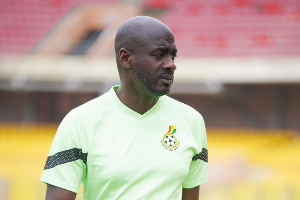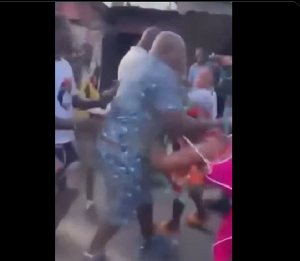When someone has a stroke, urgent treatment is crucial. Learn about the signs of stroke and how they may be different for men and women.
A stroke occurs when blood flow to the brain is interrupted. It can be caused by a variety of factors, from having high blood pressure, high cholesterol, diabetes, or atrial fibrillation to being overweight or sedentary.
If you suspect that you or someone else is having a stroke, you need to get medical help immediately. The faster treatment begins, the better the chances of reversing the damage and having a full recovery.
Call 9-1-1 for stroke help. “Don’t call your doctor. It just wastes time,” says Mark Green, MD, a neurologist and professor of neurology, anesthesiology, and rehabilitation medicine at Mount Sinai Medical Center in New York City. Get to the ER so that the medical staff can determine whether a stroke is the problem, and if it can be treated with clot-busting drugs.
Ischemic strokes are the most common kind of stroke. These occur when a blood clot blocks or narrows a blood vessel leading to or in the brain. Ischemic strokes can be treated with a clot-busting drug called tissue plasminogen activator (t-PA). Hemorrhagic strokes, however, are caused by blood vessels that break and bleed into the brain and cannot be treated with t-PA.
A CT scan of the brain can show whether someone has had a stroke and, if so, what kind. People who can benefit from t-PA need treatment within three hours of their first stroke symptoms to reduce the effects of stroke. That’s why you need to act fast, says Dr. Green.
The Most Common Stroke Symptoms
How do you know if someone is having a stroke? Here are the most common signs of stroke in both men and women:
Numbness. You may suddenly feel weak or numb in your face, arm, or leg. “Typically the weakness is on one side of your body,” Green says. You also may feel numbness around your mouth.
Speech problems. You may have trouble talking. “Your speech may be slurred or you may not be able to speak at all,” Green says.
Confusion. You may become confused and have trouble understanding what people are saying to you.
Vision problems. You may experience double vision or difficulty seeing out of one or both eyes. “It can seem like a shade has been drawn over one eye,” Green says.
Dizziness. You may feel dizzy and have trouble with balance and coordination. “You walk like you’re suddenly drunk,” Green says.
Head pain. You may have a headache that comes on suddenly, like a bolt out of the blue, Green says. Your severe head pain may be accompanied by vomiting.
The National Stroke Association says a good way to recognize the warning signs of stroke in another person is to think “FAST”:
F is for face. See if one side of the face droops when you ask that person to smile.
A is for arms. When trying to raise both arms, does one drift downward?
S is for speech. Is the person speaking clearly or is there slurring?
T is for time. If you observe any of these signs, immediately go to the ER for an evaluation. The sooner the person gets treated, the lower the risk of permanent damage.
Stroke Symptoms Unique to Women
Women may experience any of the most common signs of stroke listed above for both genders, but they are also likely to experience a unique set of symptoms that come on suddenly, including:
- Hiccups
- Nausea
- Chest pain
- Shortness of breath
- Racing of the heart or heart palpitations
- Fainting or loss of consciousness
Keep in mind that it’s possible to have a stroke that is accompanied by some but not all of these stroke symptoms. On the other hand, Green says, “if you experience any of these symptoms, it doesn’t necessarily mean you’re having a stroke." Sometimes it’s a migraine or some other problem, says Green, who specializes in headaches. “Regardless, you should go to the ER and be checked out. You never want to self-diagnose, given the consequences.”
















